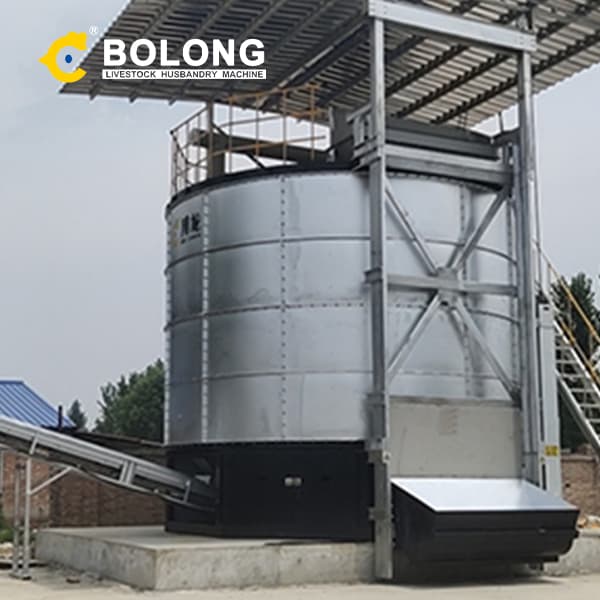
2022/1/1/ · The best conditions for ethanol production from fruit waste yields were pH 5.5, 32 °C, 0.865 specific gravity, and a concentration of roughly 6.10 %, according to the findings. We optimized for the viability of generating ethanol in big numbers at acceptable costs. 1. Introduction.
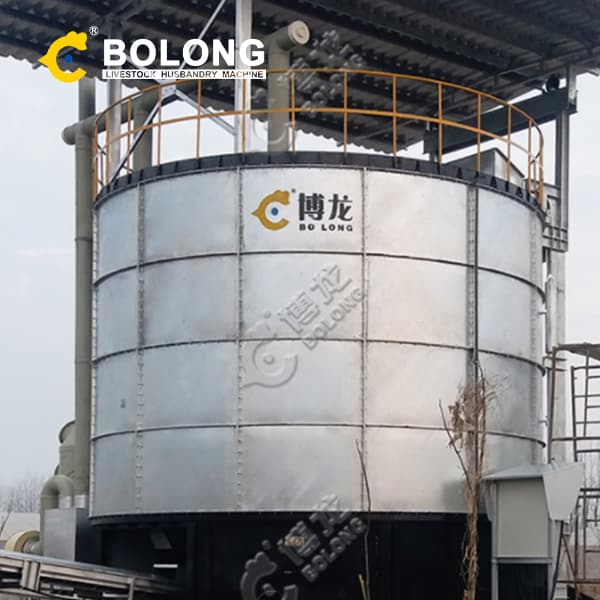
2018/10/8/ · Their results revealed that the production of alcohol with fermentation of pawpaw fruit waste using baker’s yeast was 2.82–6.60% (v/v) in 72 h of fermentation. Potato peel waste was used for ligninolytic enzymes production like manganese peroxidase, laccase, lignin peroxidase and aryl alcohol oxidase using solid state fermentation by
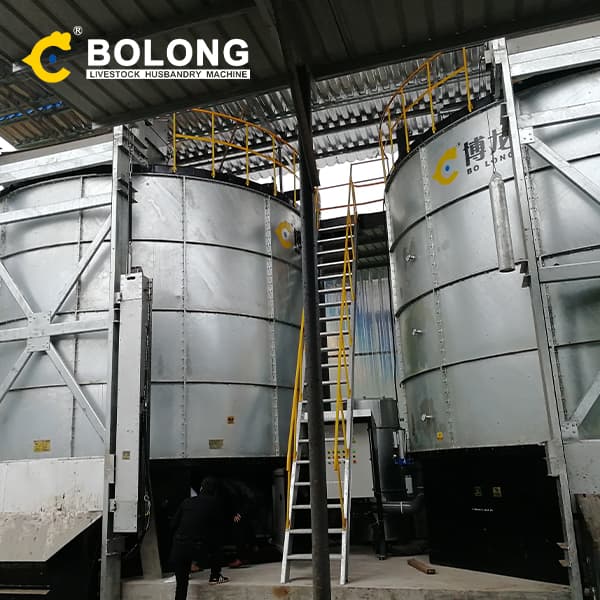
Solid-state fermentation (SSF) is, by definition, a technology carried out in absence or near absence of free water. Therefore, it allows the use of solid materials as substrates for further biotransformation. SSF has gained attention in the last years being reported as a promising eco-technology that allows obtaining bioproducts of industrial interest using solid biomass
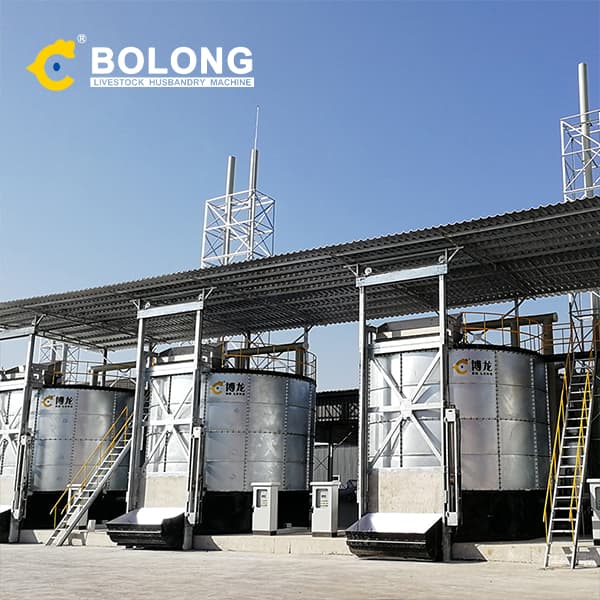
providing a natural solution that minimizes waste. By utilizing fruit and vegetable peels, typically discarded as waste, bio-enzymes contribute to waste reduction. These liquids are characterized by their non-hazardous, non-corrosive, non-toxic, and environmentally friendly nature. Bio-enzymes are created through the anaerobic fermentation of fruit

2024/1/1/ · Aside from agricultural waste products, there are crops grown solely for fuel generation, called energy crops. Species like maize, millet, and grass are commonly used for this purpose (Fig. 1).Agricultural waste is also the largest source of lignocellulosic biomass, constituting up to 40%–60% of livestock manure [9].Lignocellulose is a recalcitrant
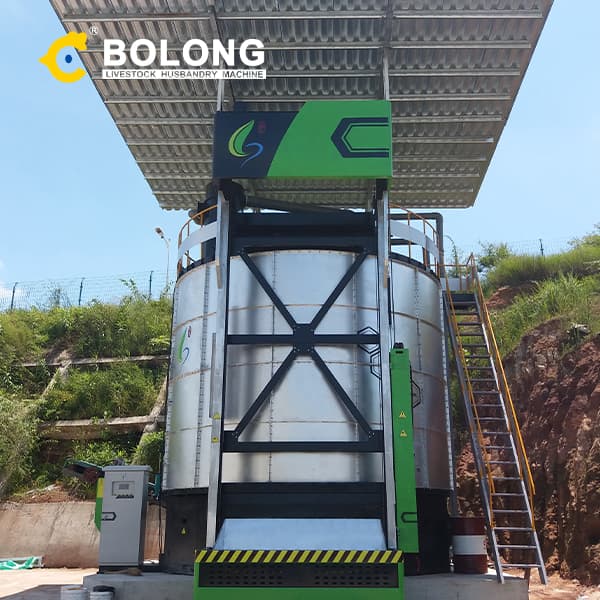
2022/12/12/ · Solid-state fermentation (SSF) is part of the pathway to consolidate waste as a relevant alternative for the valorization of organic waste. The objective of SSF is to produce one or several bioproducts of added value from solid substrates. Solid-state fermentation can use a wide variety of organic waste as substrates thus, it is an
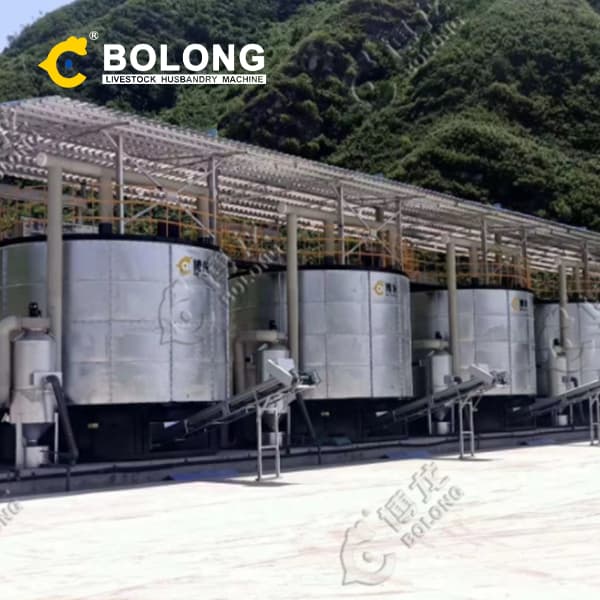
2020/1/1/ · Wastes from papaya, banana, mango, and pineapple peels were utilized to produce bioethanol by Saccharomyces cerevisiae. First, the waste undergoes enzyme
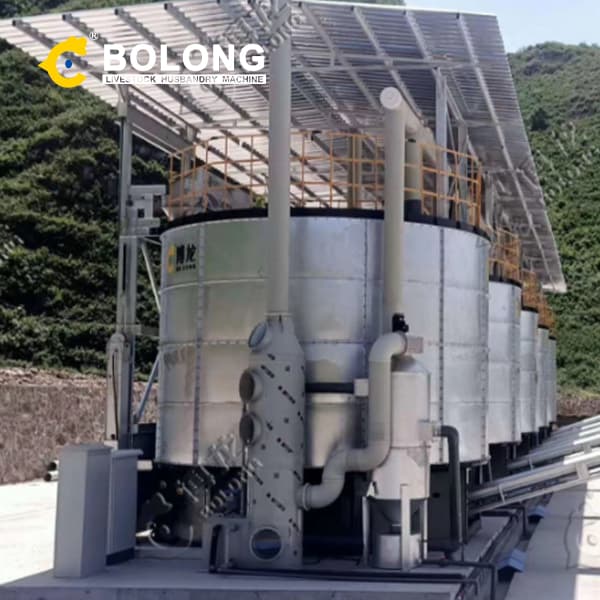
2022/11/17/ · Valorization of Fruit and Vegetable Waste: Yeast Fermentation. November 2022. DOI: 10.1007/978-981-16-9527-8_13. In book: Fruits and Vegetable Wastes (pp.315-342) Authors: Gamze Nur Müjdeci.
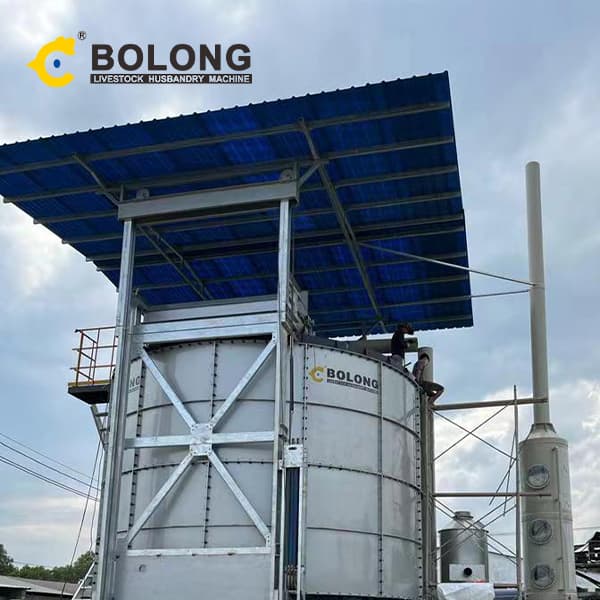
2020/10/1/ · glucose as substrate an anaerobic continuous flow stirred tank [117] l-cysteine: Adding l steam exploded corn straw [135], fruit vegetable waste [136], rice waste [137 ... gasification and liquefaction), or in fermentation processes (indirect bio-photolysis, dark fermentation, photo-fermentation, sequential dark and photo
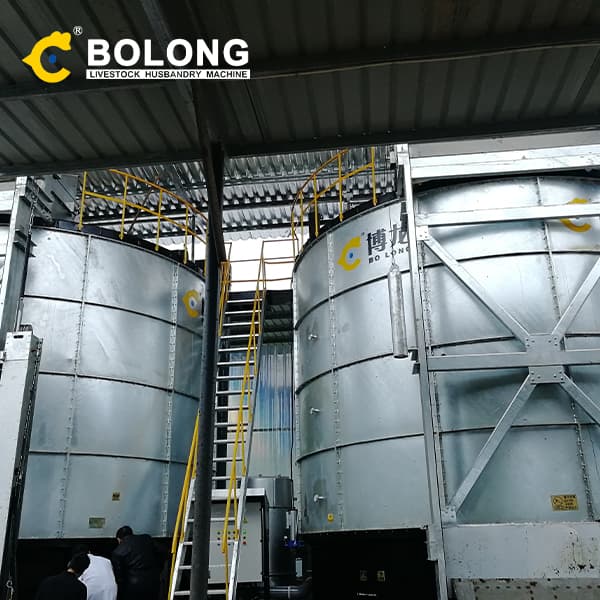
2022/8/2/ · Food waste for bio-fertilizers production. Production of bio-fertilizers from food wastes via anaerobic digestion (AD) method is the most common and frequently applied process (Chen et al., 2012). In various uses of industrial production & application, bio-fertilizer is a common byproduct.
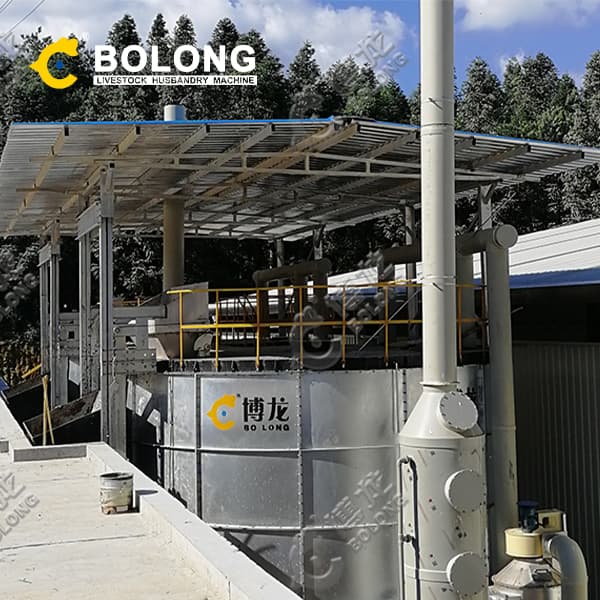
2024/4/16/ · These tanks provide a controlled environment where yeast converts sugars into alcohol and carbon dioxide, giving beer its alcohol content and carbonation. The design and material of fermentation tanks are critical to this process, with most modern tanks being made from stainless steel for its durability, cleanliness, and non-reactive
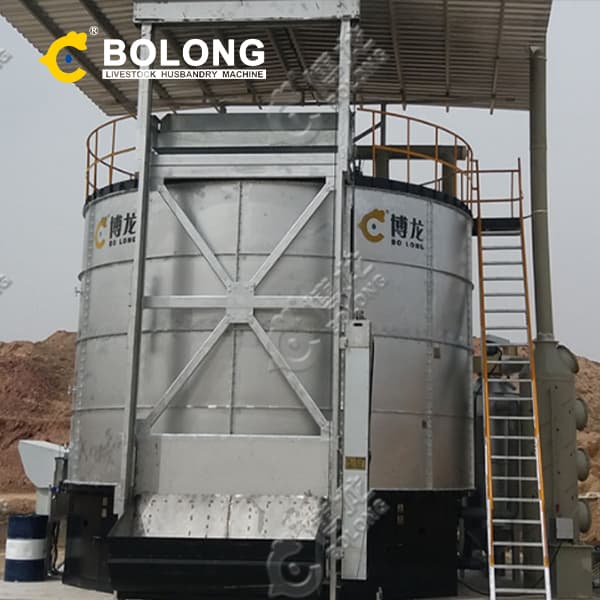
2024/1/2/ · Biohydrogen (Bio-H 2) derived from waste biomass via dark fermentation is a valuable green fuel to solve the issues of clean energy production and waste management. Bio-H 2 has several advantages over other biofuels, including carbon-neutral production, ease of generation, low carbon dioxide (CO 2 ) emissions, and high energy
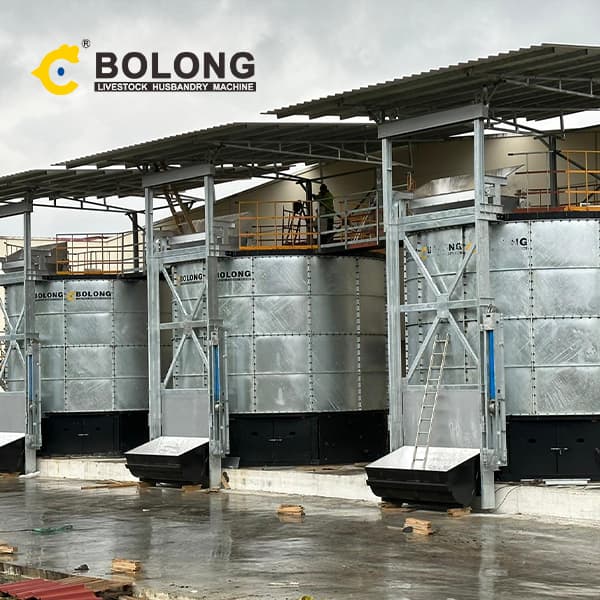
2021/3/26/ · 2. Agri-Food Waste: A Rising Problem or a Valuable Resource? Among the different food sectors, it is estimated that fruit and vegetables represent a large part of waste production, notably in the detail that about 45% of the total produced amount is lost in the production and consumption chains, generating a great quantity of waste material …
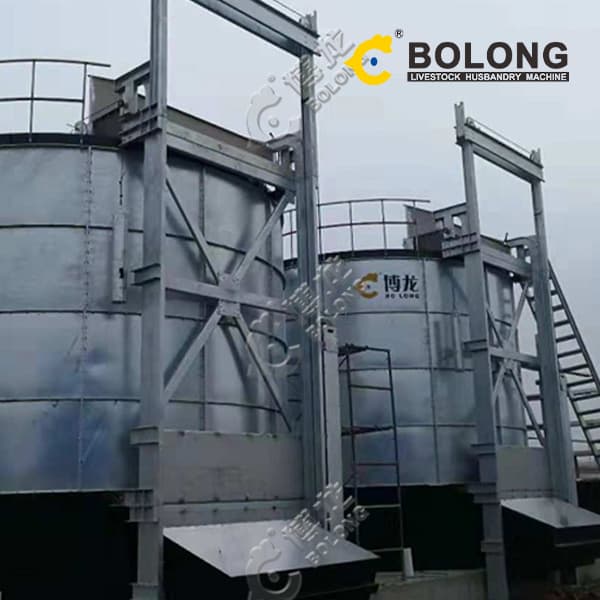
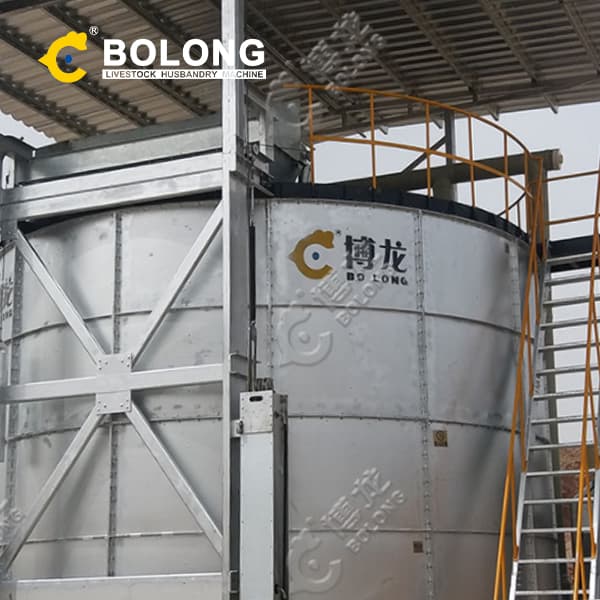
To realize resource technology from fruit and vegetable waste, a Plackett-Burman (P-B) experiment combined with an orthogonal experimental design were adopted for the optimization of ethanol fermentation from this waste. By using the 12-factor P-B design, it was determined that the significant factors were KH2PO4, cellulase, and yeast extract.